Discover the world of modern and contemporary art from Africa and its diaspora with Pavillon 54's magazine. Engage in enlightening articles, captivating interviews, comprehensive editorial coverage, enriching videos, and stimulating experiences. Join our community to stay informed, learn, and actively participate in the dynamic landscape of African art.
-
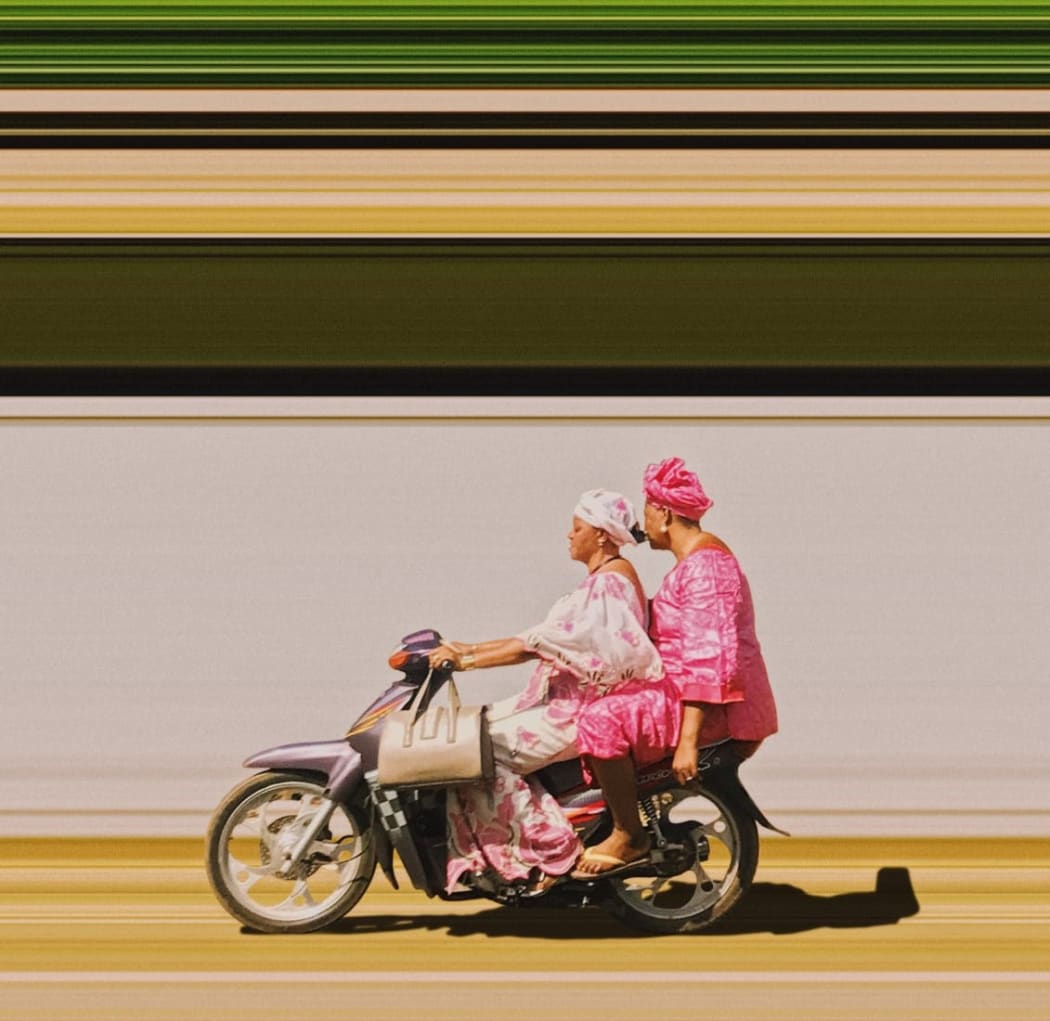 As the art world prepares to rebound to pre-pandemic heights, 2024 promises to be a momentous year with an anticipated surge in exhibitions and art fairs globally. Let’s delve into some of the major art events to anticipate in 2024.
As the art world prepares to rebound to pre-pandemic heights, 2024 promises to be a momentous year with an anticipated surge in exhibitions and art fairs globally. Let’s delve into some of the major art events to anticipate in 2024. -
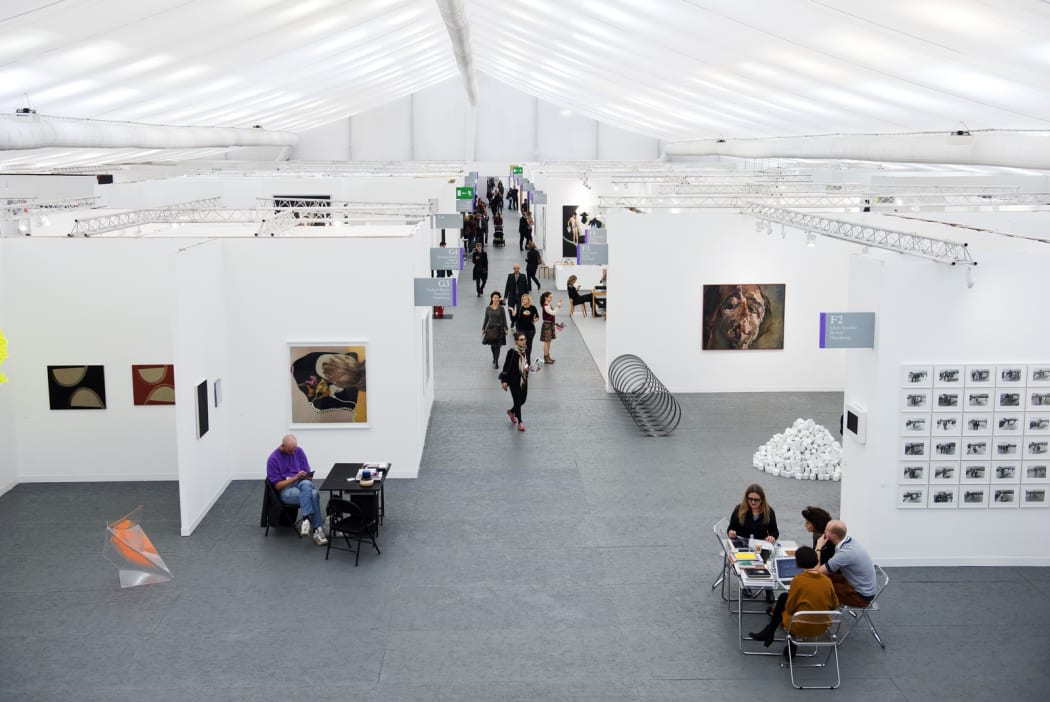 In the ever-evolving world of contemporary art, the latter part of the year 2023 promises to be vibrant, with exhibitions ongoing and visionary curatorship unceasing. As the art world gears up for a spectacular finale, we explore a curated selection of upcoming art fairs that will captivate aficionados, collectors, and enthusiasts alike. From London's iconic Somerset House to the sun-drenched shores of Miami Beach, and the heart of Paris, these art fairs bring together a rich tapestry of artistry and diverse art enthusiasts. Each event possesses its unique character, casting a spotlight on emerging talents, established masters, and the ideas that will shape the contemporary art landscape in the coming months.
In the ever-evolving world of contemporary art, the latter part of the year 2023 promises to be vibrant, with exhibitions ongoing and visionary curatorship unceasing. As the art world gears up for a spectacular finale, we explore a curated selection of upcoming art fairs that will captivate aficionados, collectors, and enthusiasts alike. From London's iconic Somerset House to the sun-drenched shores of Miami Beach, and the heart of Paris, these art fairs bring together a rich tapestry of artistry and diverse art enthusiasts. Each event possesses its unique character, casting a spotlight on emerging talents, established masters, and the ideas that will shape the contemporary art landscape in the coming months. -

In this series, collectors are invited to open their art collections to Pavillon 54 readers.
Collector Ugoma Ebilah is one of the unusual suspects in the ever-booming Lagos art scene in Nigeria. A corporate finance professional turned creative entrepreneur, Ugoma is known for her community-building efforts and dynamic taste-making. She is the founding director and chief curator at Bloom Art, a portfolio gallery and private art salon set in the heart of Victoria Island.
-
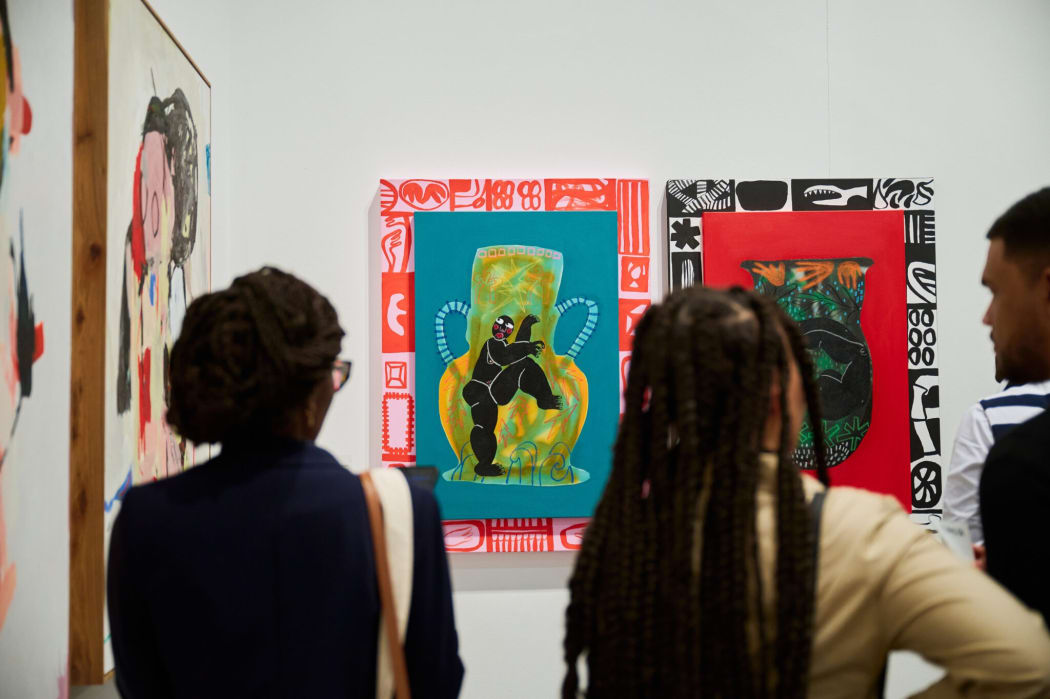 The 16th edition of the FNB Joburg Art Fair was a celebration of art from both local and international perspectives. Since its inception in 2008, this event has continually expanded its reach, drawing audiences across divides. This year's fair lived up to its exceeded previous editions, offering an array of exhibitions, an indoor sculpture park, thought-provoking talks and engaging book signings. Beyond the fair itself, the FNB Joburg Art Fair has succeeded in turning September into Joburg's Art Month. Significant art-related events take place throughout the city, including at the Johannesburg Art Gallery (JAG), in Maboneng, and various artists' studios across the metropolis.
The 16th edition of the FNB Joburg Art Fair was a celebration of art from both local and international perspectives. Since its inception in 2008, this event has continually expanded its reach, drawing audiences across divides. This year's fair lived up to its exceeded previous editions, offering an array of exhibitions, an indoor sculpture park, thought-provoking talks and engaging book signings. Beyond the fair itself, the FNB Joburg Art Fair has succeeded in turning September into Joburg's Art Month. Significant art-related events take place throughout the city, including at the Johannesburg Art Gallery (JAG), in Maboneng, and various artists' studios across the metropolis. -
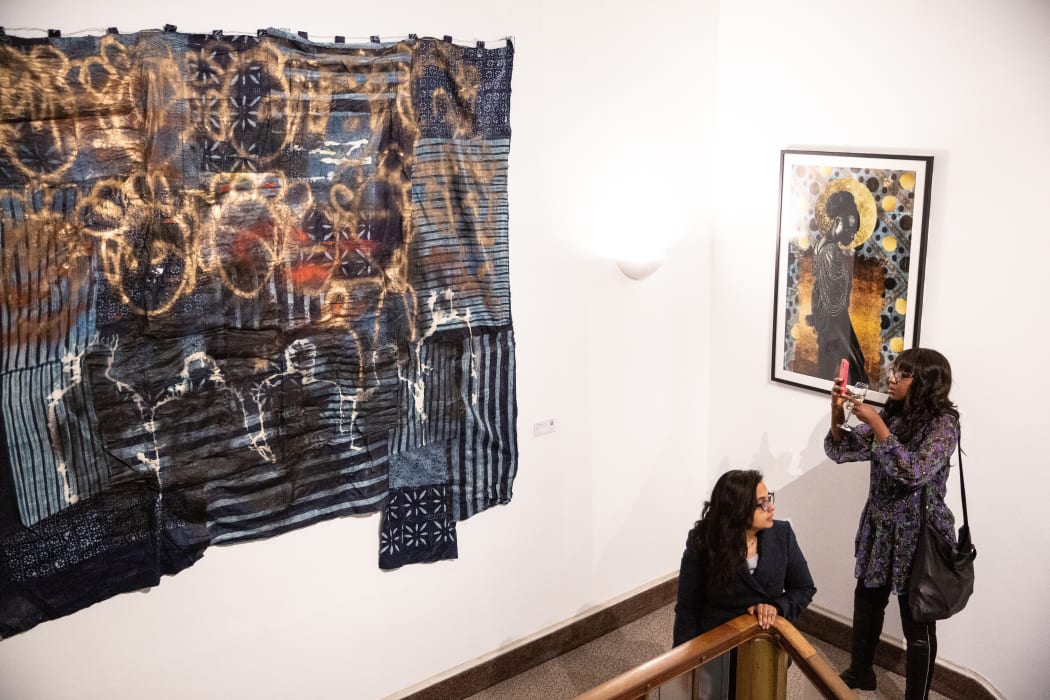
Black beauty, pride and excellence: A Tale of Reappropriation is all about representations of black culture and community. The product of a true collaboration between the Black in Business club at London Business School and Pavillon 54 from conception to the desinstallation. It’s no secret that during the course of history, Africans have been dehumanised and that the project of re-humanising the life and world of African societies remains an urgent task. The exhibition took a strong focus on finding more complex ways to critically engage with Black identities.
-

Joburg-based collector Liesle Barrath takes Pavillon54 on a walk through her private art collection. Housed in her leafy home, it is a cool and eclectic mix of works featuring heavy-hitting names such as Mmakgabo Helen Sebidi and Nandipha Mntambo together with street-art inspired works courtesy of artists Khaya Witbooi and Vusi Beauchamp. Walking through the space, Liesle recounts the story behind each of the purchases, what emotions the artworks stir within and as we stop to consider each work, it becomes clear that she collects from a gut feeling.
In this series, we invite collectors to open their art collections to Pavilion 54 readers.
-
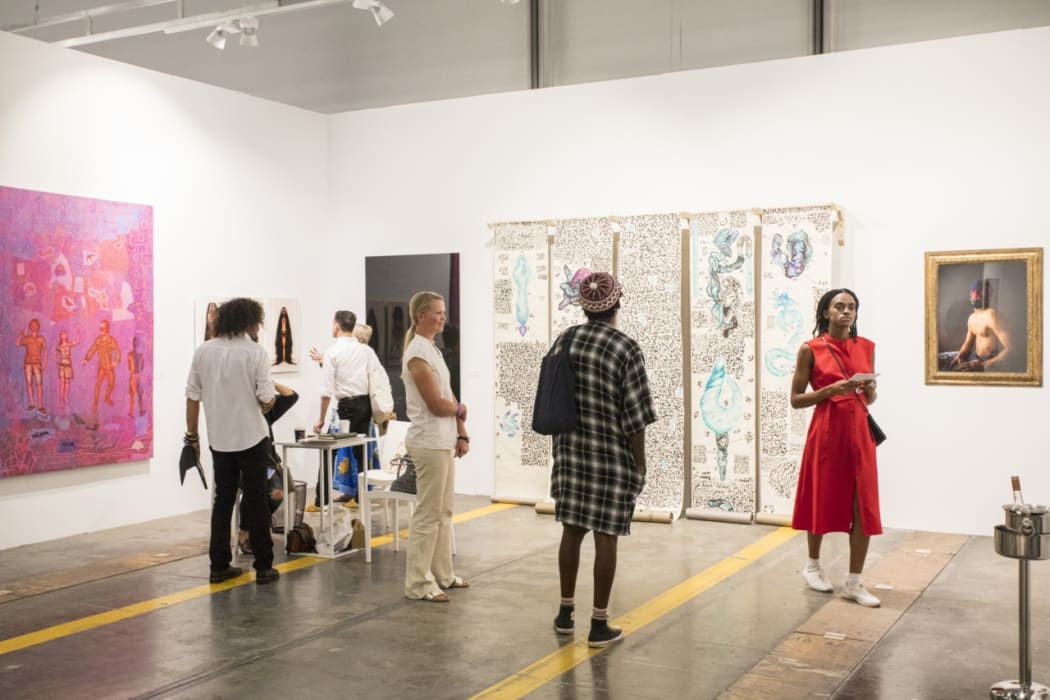 A new year welcomes new trends in the art world. While it is difficult to predict the future of any industry, specific movements will transform the art world this year. After years of uncertainty due to the pandemic, the year ahead will face some challenges with the art market set to contract. Even so, there will continue to be exciting developments. In this article, we will review the significant trends in style and collector behavior set to rise in the art world in 2023. As momentum begins to build on what is surely another exciting year, here are our predictions for the four trends that will shape 2023, and what you should watch out for in the coming year.
A new year welcomes new trends in the art world. While it is difficult to predict the future of any industry, specific movements will transform the art world this year. After years of uncertainty due to the pandemic, the year ahead will face some challenges with the art market set to contract. Even so, there will continue to be exciting developments. In this article, we will review the significant trends in style and collector behavior set to rise in the art world in 2023. As momentum begins to build on what is surely another exciting year, here are our predictions for the four trends that will shape 2023, and what you should watch out for in the coming year. -
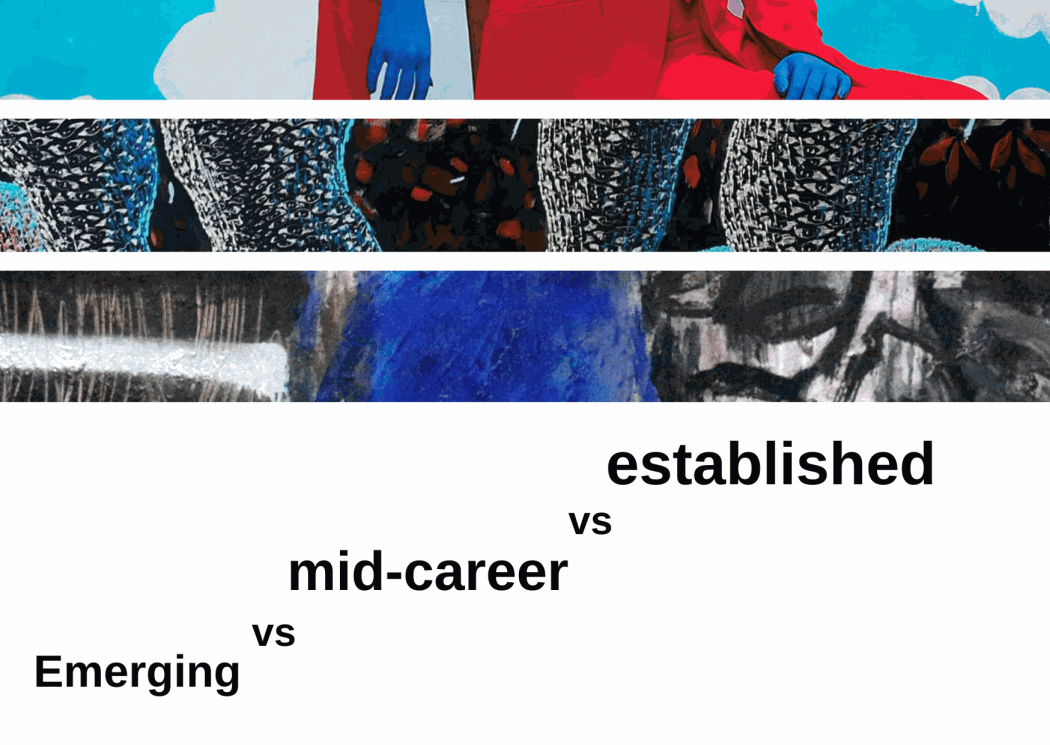
Building a strong art collection requires an understanding of the art ecosystem as well as the market before deciding on a strategy to build your own. Have you ever heard experts or gallerists referring to artists as emerging, mid-career or established and wondered what it all means? Are there specific criteria to differentiate them or is it all just subjective? And how does that influence the price or desirability of an artwork you consider buying?
Here we touch on the differences between the three main stages of an artist's career and their work, and how understanding this is useful in establishing value for collectors. These categories — emerging, mid-career and established artists — are used regularly by artists, gallerists and critics but these delineations can be a matter of contention.
-
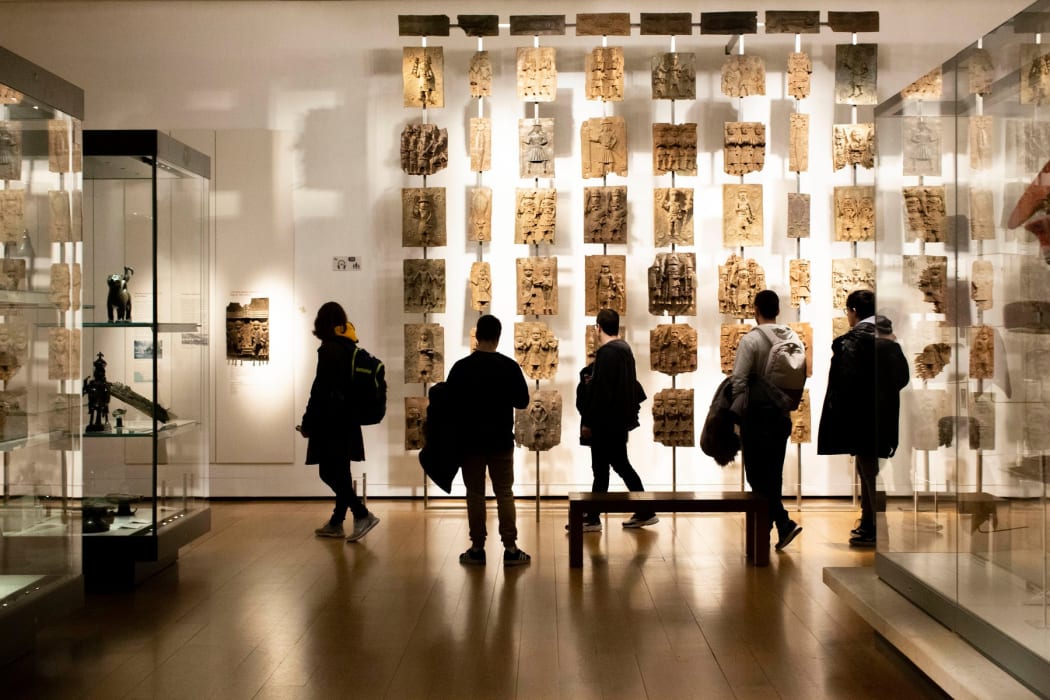
If you’ve been reading our art market coverage of the African Art Market in articles such as our African Art Market Report 2021 or our ‘Break down of the African Art Market,’ you’ll know that African art sales maintained healthy volume and growth last year. Despite the total restructuring of the global art market due to the COVID-19 pandemic, galleries and art organisations in Africa managed to stay afloat for the most part, and have made a vigorous comeback with art fairs, gallery shows and a growing collectorship on the continent adding to the market’s success. But how has the African art market fared so far in 2022? We provide the key insights from the first half of this year below.
-

Through yet another unusual year after COVID-19 has been introduced into our lives in 2021, the art market as a whole has experienced incredible innovation and a steady comeback after the events of 2020. But how does the impact of artists from Africa and the diaspora fit into this narrative? Pavillon54 provides a breakdown of this year’s major events, and what we can look forward to for the second half of 2022.
-

If you are new to the world of collecting art, you may already know that the two primary means of acquiring art are through galleries and auction houses. Perhaps you know a couple of the famous, international names: Sotheby’s, Christie’s… But entering the auction house arena can be an intimidating feat, especially for new collectors. Pavillon54 breaks down 6 ways to ease yourself into the auction market, and what tips and tricks to know.
-
 Saint-Etienne Yeanzi's Studio, 2021.
Saint-Etienne Yeanzi's Studio, 2021.Pavillon 54 had the chance to have a chat with Saint-Etienne Yeanzi. born in 1988, he graduated in painting and photography at the “ Lycée d'Enseignement Artistique “of Cocody and the National School of Arts in Abidjan, in 2012.
Yéanzi, a street art enthusiast, worked as a commissioned portrait painter for ten years. Since 2013, he has been pursuing personal work using melt plastic material. As many other African artists, he doesn’t create such pieces with the intention of becoming ‘Environmental’ artists, but rather, he uses the materials around him as a part of his existing culture and makes a more poignant statement about the effects of capitalism, as well as Western colonialism and consumerism on the African continent. Watch the video of the interview.
-
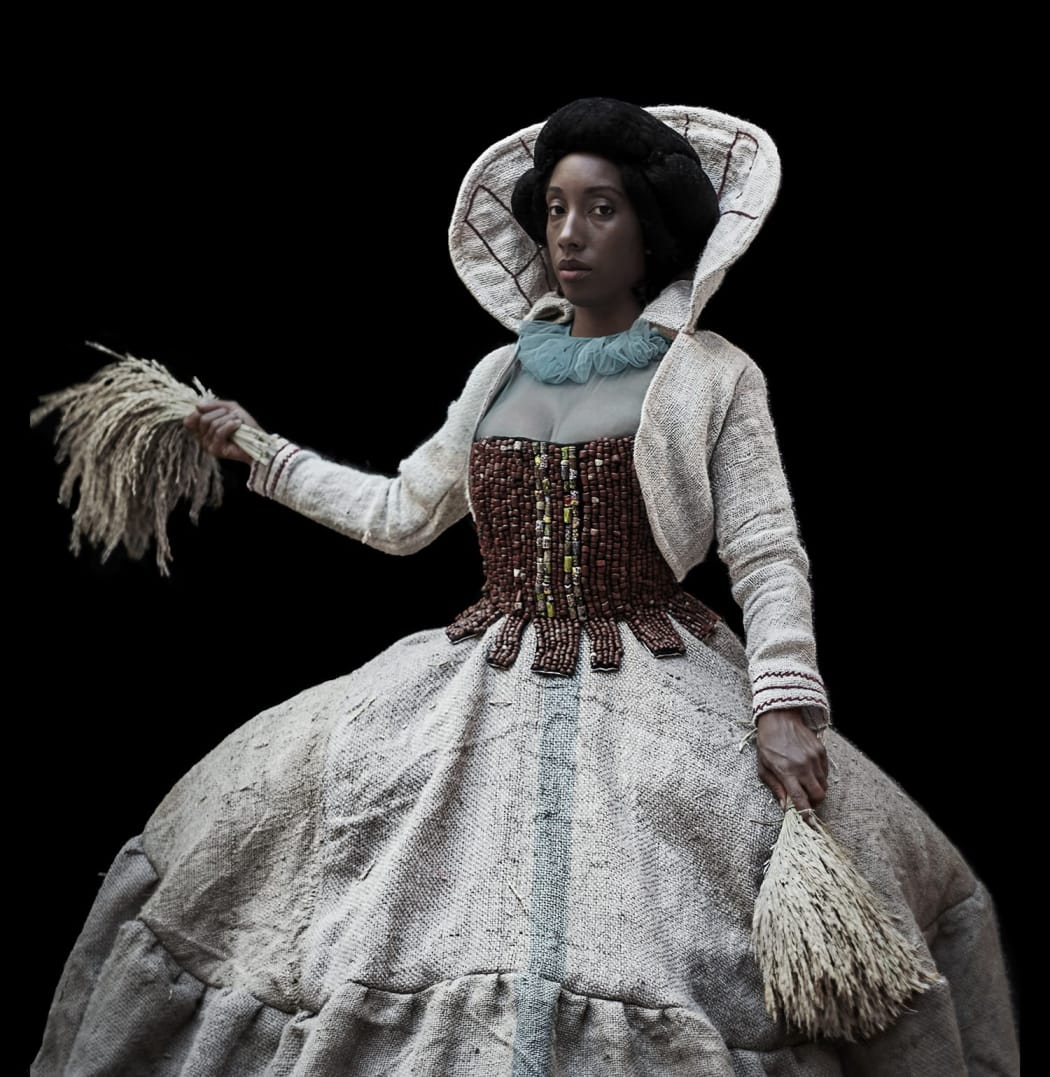 Ayana V. Jackson 'Black Rice' (2019)
Ayana V. Jackson 'Black Rice' (2019)What does the notion of ‘contemporary African art’ refer to today? We have previously published an article on the subject, but now we invite you to consider it from a socio-cultural and collective perspective. What is at stake when we frame or understand contemporary art practices within this concept? Undergoing relevant criticism, this notion still identifies a broad set of practices that have in common their concern to transcend the (danger of a) single story about ‘Africa’ so ingrained in popular culture, and to amend art history canons. Contemporary African art has always been a matter of its time, running parallel with the emancipation drive/calls of a post-colonial generation, refusing to be defined by the weight of the colonial legacy or understood through colonial readings. As such, it is in constant evolution and reflects the hopes and scenarios of a creative community that relates to Africa and its diaspora.
-
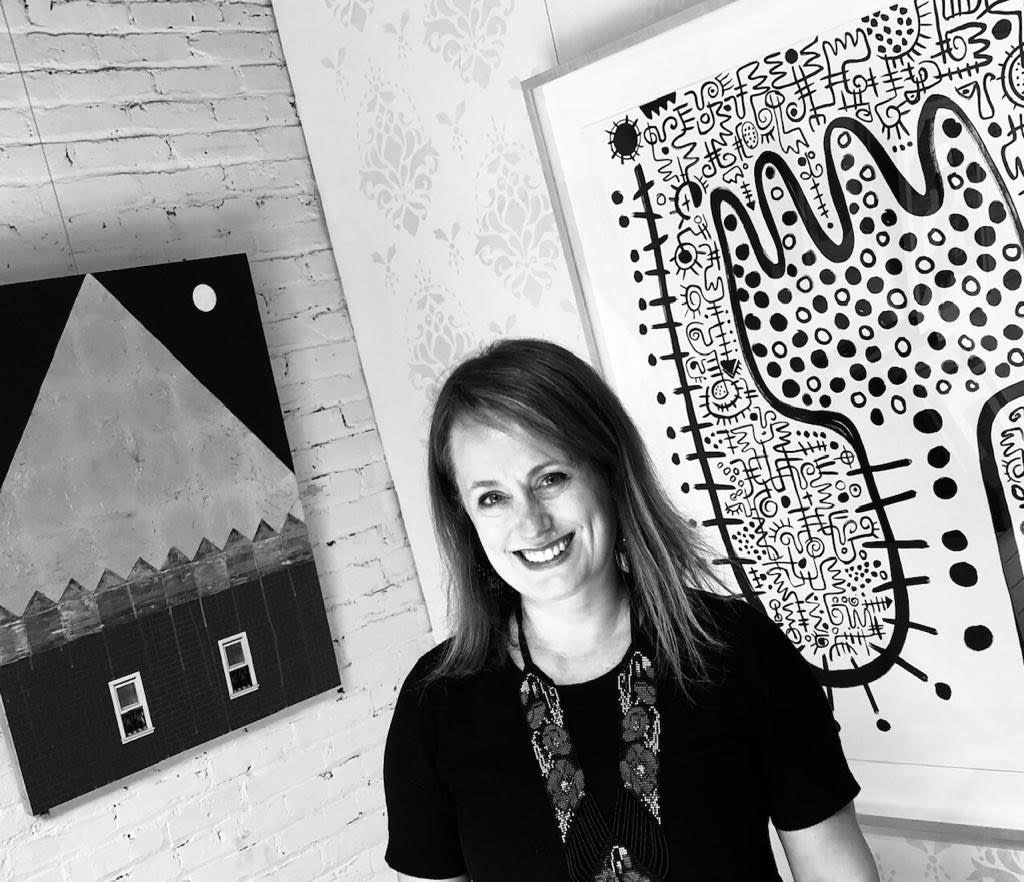 Amy Morton at Morton Fine Art gallery
Amy Morton at Morton Fine Art galleryAs the one-stop global digital platform and community for art from Africa and the Diaspora, Pavillon54 always seeks to enter fruitful partnerships with artists, curators, collectors, and galleries. It became only natural, then, that for the next step of our development, we partnered with some of the most exciting international galleries that specialise in contemporary African art and share our vision for the African art market.
-
 © Greatjoy in his studio, South-Africa
© Greatjoy in his studio, South-AfricaMeet Greatjoy: a “Contemporary expressionist”
Artists' Spotlight Series - Conversation with the artistPavillon 54 had the chance to have a chat with Greatjoy Ndlovu: born in 1993, Greatjoy is a Zimbabwean visual artist living and working in Johannesburg, South Africa. One of the most interesting emerging artists on the South African scene, Greatjoy dynamic paintings are enriched by expressive brush strokes, graphite-drawing and splashes of color. His subject matter is mostly focused on human beings: their bodies, their behaviour, and their emotions. During the past year, Greatjoy explored the impact of the pandemic on our society and created a series of works, displayed on Pavillon 54, focusing on subjects as love, affection and family.
-
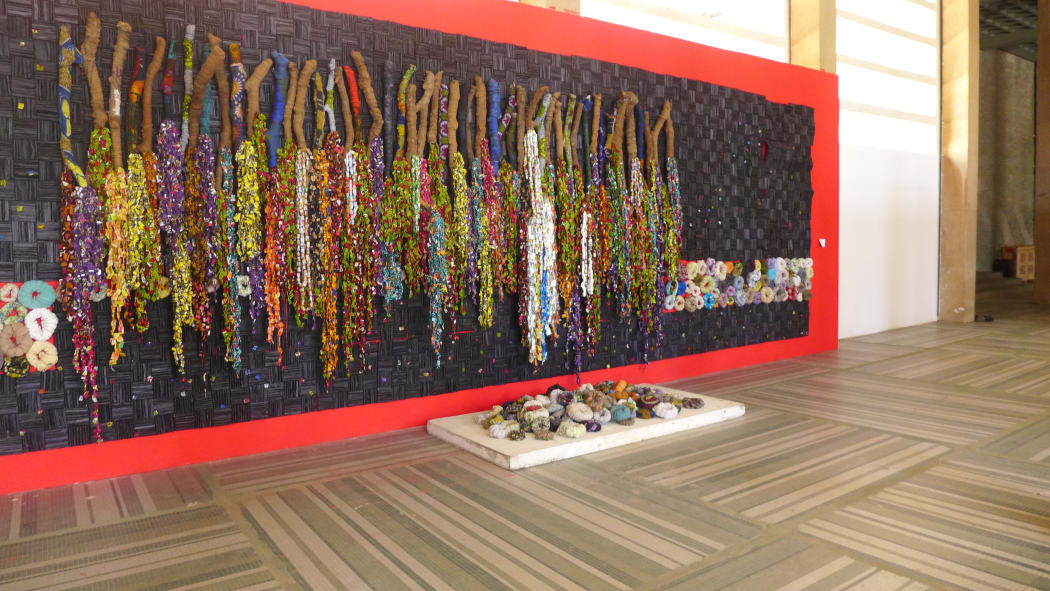 Olanrewaju Tejuoso (Nigeria), Oldies and Goodies, 2016-2018. Installation view, Dak’Art Biennale 2018 “The Red Hour/A New Humanity” curated by Simon Njami. Photo credit: The Sole Adventurer.
Olanrewaju Tejuoso (Nigeria), Oldies and Goodies, 2016-2018. Installation view, Dak’Art Biennale 2018 “The Red Hour/A New Humanity” curated by Simon Njami. Photo credit: The Sole Adventurer.With brighter mobility perspectives looming on the horizon, art lovers are probably looking at possibilities to embark on a trip to noteworthy art manifestations. Biennales, Triennale’s, Encounters, you name it, have constituted an unmissable rendezvous’ for those hungry for new trends and seminal creative processes in contemporary art. When the long-standing and established Venice Biennale has increasingly dedicated pavilions to African countries, continental art events/manifestations have contributed to the actual burgeoning of contemporary African art. Some have long been established, such as the Dak’Art Biennale or Les Rencontres de Bamako, when others are a few years old. They do not subscribe to the logic of country representation – as it is the case for the Venice Biennale – and propose new formats of exhibition and artistic exchange, especially in these times which call for alternative gathering frameworks and display models. These events and their multiplicity contribute to the decentring of legitimizing hubs of contemporary art practices.
-
 Credits: Nil Gallery, Prince Gyasi 'Dreaming With Attitude' (2021)
Credits: Nil Gallery, Prince Gyasi 'Dreaming With Attitude' (2021)New-York hosted two art fairs at the end of spring: Frieze New York & 1-54 New York. With fairs and other arty events progressively reopening their doors to the public – much of the display and outreach still took place online. Online viewing rooms or platforms and talks are your co-hosts of choice. What have been this year highlights
-
 Ramesh Shukla's 50 Years United at Art Dubai 2021, Courtesy of Art Dubai.
Ramesh Shukla's 50 Years United at Art Dubai 2021, Courtesy of Art Dubai.Art world professionals and connoisseurs wait with bated breath for the annual Art Basel x UBS Art Market report each year. This report, one of the most comprehensive in the industry, provides a full assessment of the market’s performance of the previous year, allowing businesses to analyse the current state of the market, and plan accordingly for the years ahead.
But with such an in-depth document, which covers statistics from art dealer sales, auction house performance, art fairs, online sales and more, it can be time-consuming to read the full report and extract the most essential information. We’ve summarised the key takeaways from the Art Market Report 2021, and have also highlighted some of the key impacts on the African art market from the year 2020.
-
 © Wonderbuhle 'Asikafiki', 2020, Acrylic and metallic paint on canvas, 100 x 100 cm
© Wonderbuhle 'Asikafiki', 2020, Acrylic and metallic paint on canvas, 100 x 100 cmThe late exhibition Liminality in Infinite Space held at the African Artists’ Foundation in Lagos has revealed much of contemporary African art’s appeal for figuration and portraiture – catalogue accessible here. The show’s intention seems to be twofold. First, “this exhibition arches back to more traditional art-making practices including painting, collage, tapestry and woodcuts”. Secondly, and from a representation standpoint, “it intentionally moves away from exaggerated depictions of blackness towards sharing moments of vulnerability and unostentatious joy”. It is no surprise at a time in which the black body is subjected to all sorts of gaze, subjugation, aggression or praise.
-
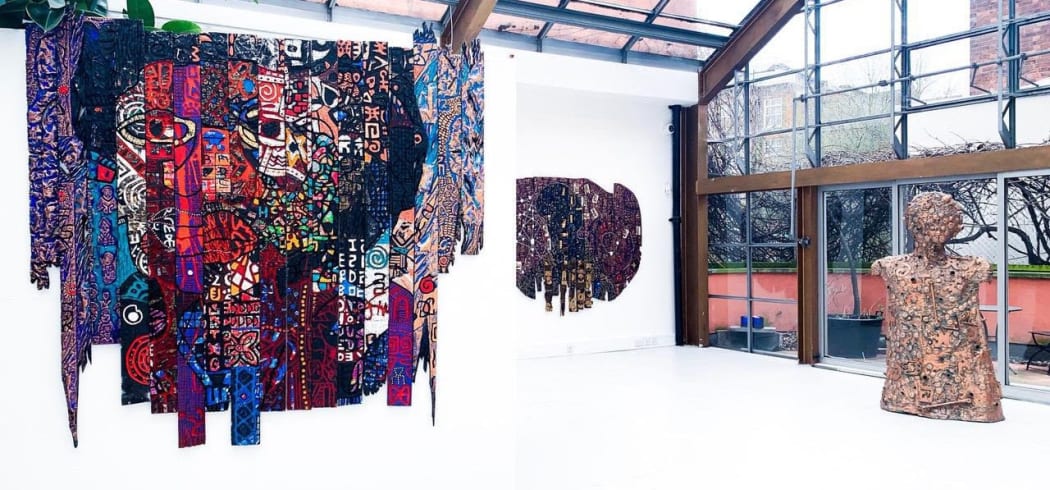 ‘Eclipse of the Scrolls’ at Kristin Hjellegjerde Gallery London © Kristin Hjellegjerde Gallery
‘Eclipse of the Scrolls’ at Kristin Hjellegjerde Gallery London © Kristin Hjellegjerde GalleryIn the UK, everyone is excited to return to galleries this April as the lockdown rules are lifted! Whether you missed these shows in December, want to visit the new exhibitions of the season, or just want to catch up with what's still online, we've got you covered! Check out our list of the not-to-miss Contemporary African Art exhibitions in London.
-
 One of the galleries open on First Thursday, downtown Cape Town © travel.sapeople
One of the galleries open on First Thursday, downtown Cape Town © travel.sapeopleOne of Pavillon 54’s favourite things to do is to physically visit and scope out the artistic scene in various countries in Africa. This has been hard to achieve during the pandemic, however we fortunately managed to visit South Africa recently, and have already compiled a list of the 7 emerging artists to watch there. In this next instalment of our series on the art scene in South Africa, we highlight the 7 top art destinations in South Africa that every art lover has to experience.
-
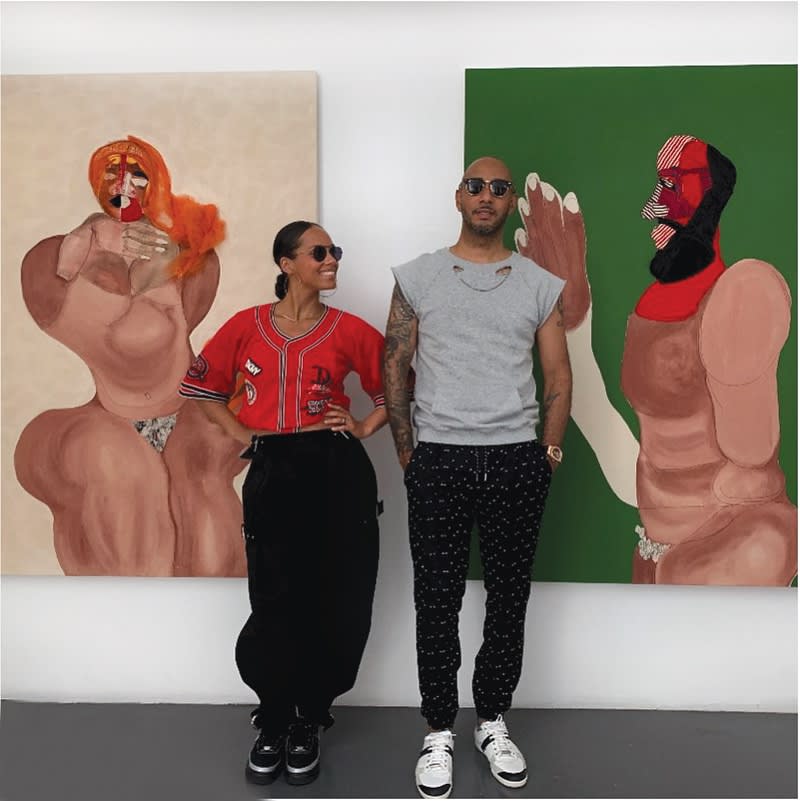 Collectors Alicia Keys and Kasseem “Swizz Beatz” Dean with paintings by Tschabalala Self © SWIZZ BEATZ
Collectors Alicia Keys and Kasseem “Swizz Beatz” Dean with paintings by Tschabalala Self © SWIZZ BEATZYou’ve done your research, selected choice artworks that match your collecting goals and tastes and have officially started your art collection. After you’ve acquired a certain number of paintings, sculptures, photographs, prints - whatever it may be - you may be asking yourself: what is the best way to care for all these artworks?
-
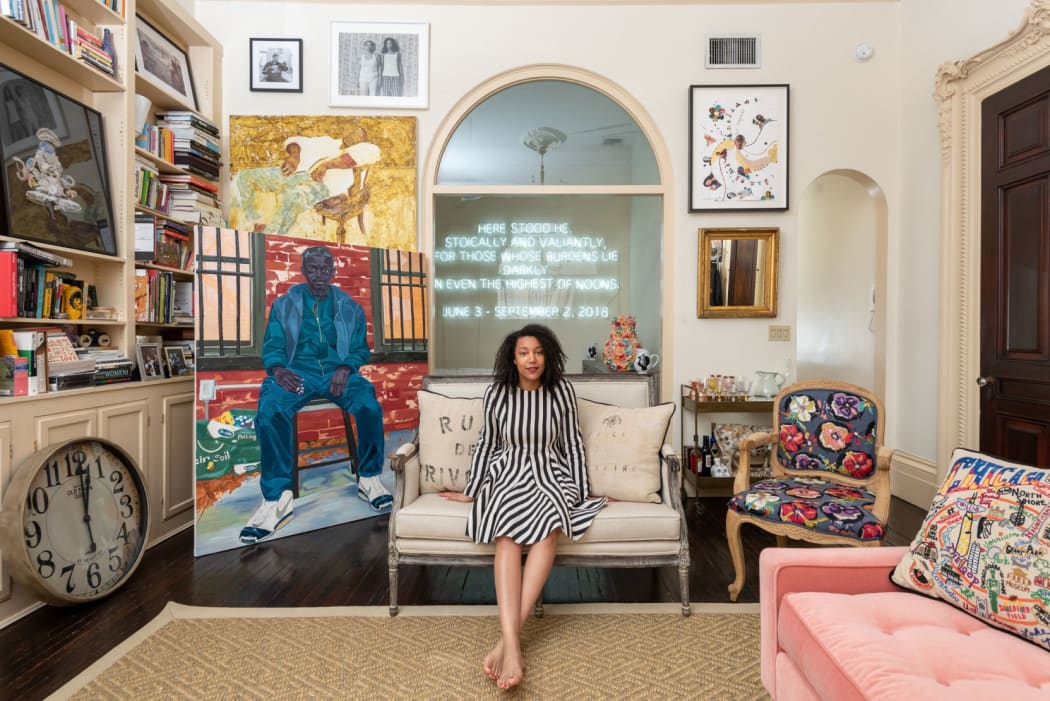 Victoria Rogers for CULTURED MAGAZINE [1] © CHRIS WAGGONER
Victoria Rogers for CULTURED MAGAZINE [1] © CHRIS WAGGONEROne of the biggest misconceptions about collecting art is that you must be very wealthy to do so. However, this is simply not the case, as there are plenty of emerging artists and art markets to invest in at affordable prices. Art from Africa and its diaspora is one such example, as its market is still developing rapidly. Collectors can obtain artworks of great quality and investment value at lower prices, and therefore not only contribute to the growth of an incredible movement of artists, but also add an artwork to their collections that is expected to grow in value.
But diving into the art world and the art market can be a mammoth task. What are the best ways to begin your forays into the art world without breaking the bank, and where can you start? We list some of our top tips for starting an art collection on a budget.
-
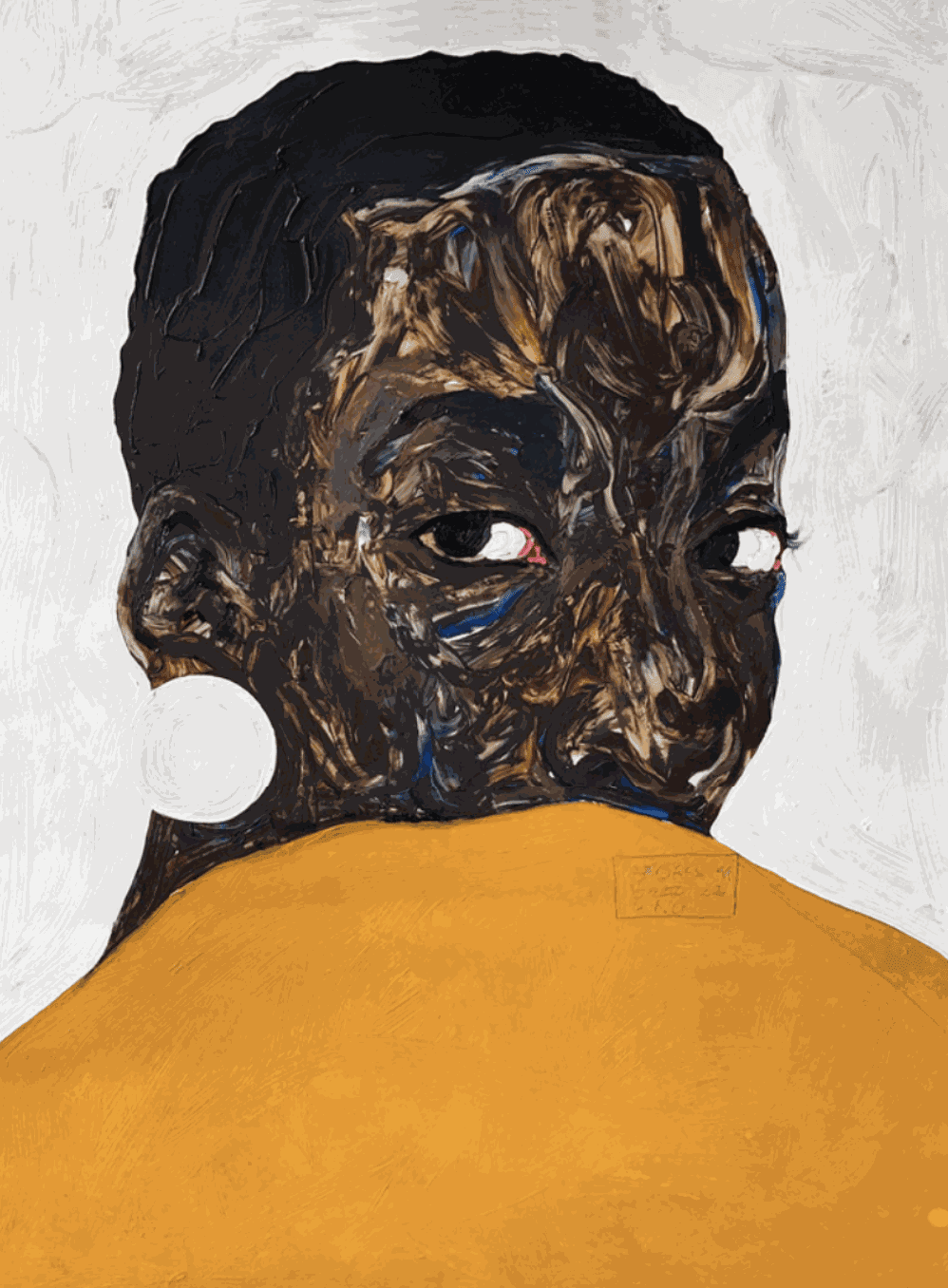 Amoako Boafo's Aurore Iradukunda, 2020
Amoako Boafo's Aurore Iradukunda, 2020Art Styles
An Introduction to Popular African ArtArt historians and artists of African descent have long highlighted the platitudes of the term ‘African art’. Typically, in the canon of art history, African art has been reduced to masks, votive figures, weapons or tapestries. However, curators, African art historians, and creators have been fighting against this one-dimensional view of African cultural output, in the aims of presenting a diverse and rich African arts scene, as variegated and unique as there are as many countries on the continent.
Here at Pavillon54, one of our main missions is also to educate and promote the incredible assortment of artistic styles and techniques that can be found in modern and contemporary African art. We’ve highlighted seven popular art styles that are worldwide and universal, already well-integrated in the art historical canon, but here we are presenting it with a unique African twist. How have modern and contemporary African artists contributed to these popular artistic movements, and who are the key players? Read on to discover more!
-
 The 99 Series, Part 7, 2013 © Aida Muluneh
The 99 Series, Part 7, 2013 © Aida MulunehThe term ‘print’ can often give the impression of a cheap, mass-produced printed piece of paper that doesn’t have much value. However, did you know that some of the most expensive prints by Edvard Munch and Pablo Picasso have exceeded a value of millions of pounds? This misunderstood medium has great value in the art market, but when you begin to collect photography or artist prints, there is essential information that should be kept in mind, in order to understand the long-term value of the artwork. There is a lot of specific terminology and factors that may be encountered when trying to acquire such a work, such as ‘limited edition’, an extension to an edition, the number of works in the series, and what this can mean for the value of these prints. Here at Pavillon54, we represent some incredible African photographers and work only with limited edition prints. So, what does this mean for a collector when acquiring a limited-edition print via Pavillon54?
-
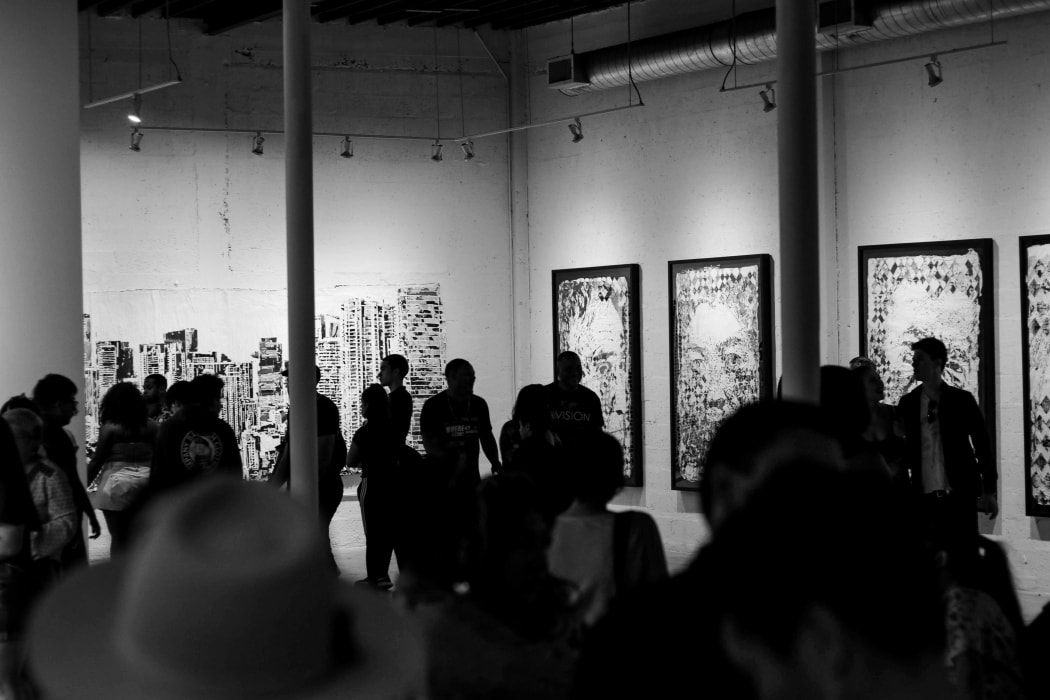
What to know when buying art?
5 Questions to Ask Yourself when Buying ArtThe possibilities of buying art grow ever more abundant. Indeed, these days, the dual-swoop of new, innovative digital art galleries and the increasing trend in the wealthy investing in art means that the art market is booming, particularly online. Among those using online platforms are wealthy millennials, many of whom are first-time buyers. If you count yourself among those who are interested in acquiring art for the first time, there are a few important questions to ask yourself before you make that big purchase. Below we’ve listed what to know when buying art, including some of the most important factors to consider.
-
 © Getty Images
© Getty ImagesIt is undeniable: online art sales continue to grow. According to the ‘Hiscox online art trade report 2018’, the amount of art bought online has shown consistent growth over the past five years. In addition to this, 79% of young art buyers (under the age of 35) expressed that they use social media, especially Instagram, to discover new artists, and 32% of buyers said that social media had a significant impact in their decision to purchase art. This consistent increase in online methods of scouting the art market demonstrates that purchasing art digitally is becoming more prolific. Artech start-ups pioneered the way for making means of buying and selling art online easier and more convenient than ever, however we are also seeing traditional art institutions incorporate online methods of buying art. Regardless of whether one prefers to go with young, innovating start-up companies, or massive auction houses with decades of legacy, therefore, it is irrefutable that art e-commerce is a crucial facet of the future of the art market. Here are three benefits of buying art online that have spurred on this revolution.
-
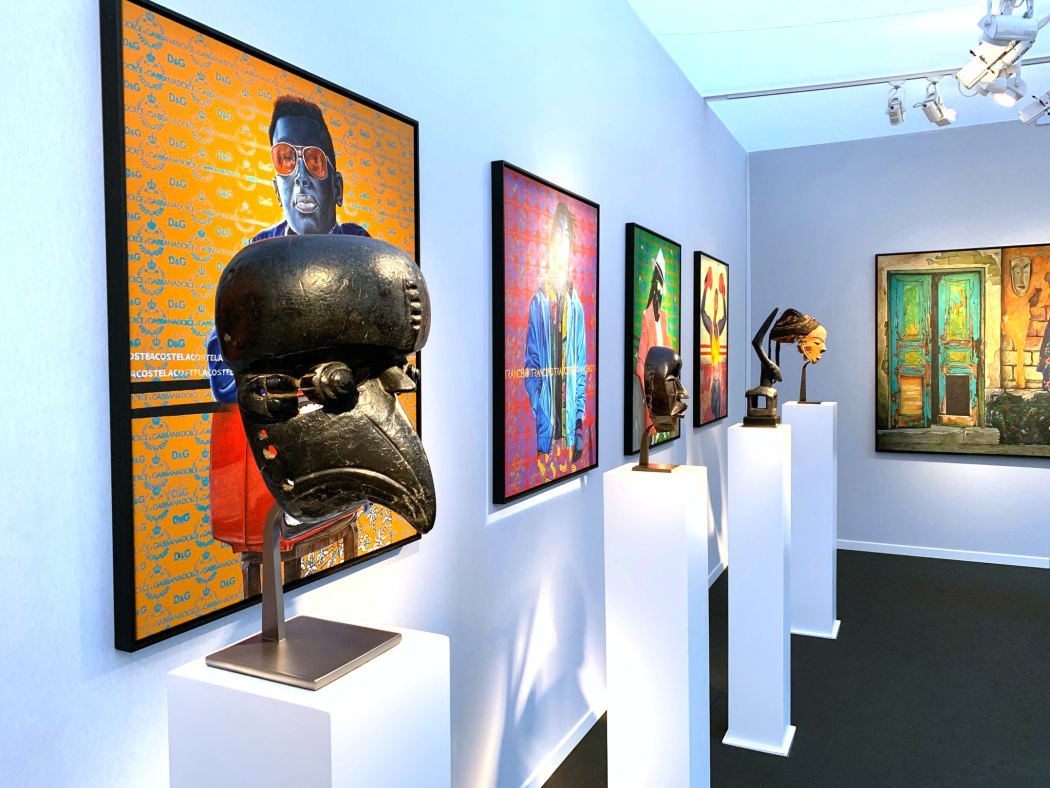 Didier Claes booth, AKAA Art Fair, Paris, November 2019
Didier Claes booth, AKAA Art Fair, Paris, November 2019For all the talk of the ‘African Art Boom’ in recent years, it isn’t always evident why is African contemporary art trending and what this boom entails, how it came to be, or what the future of the African art market is.
